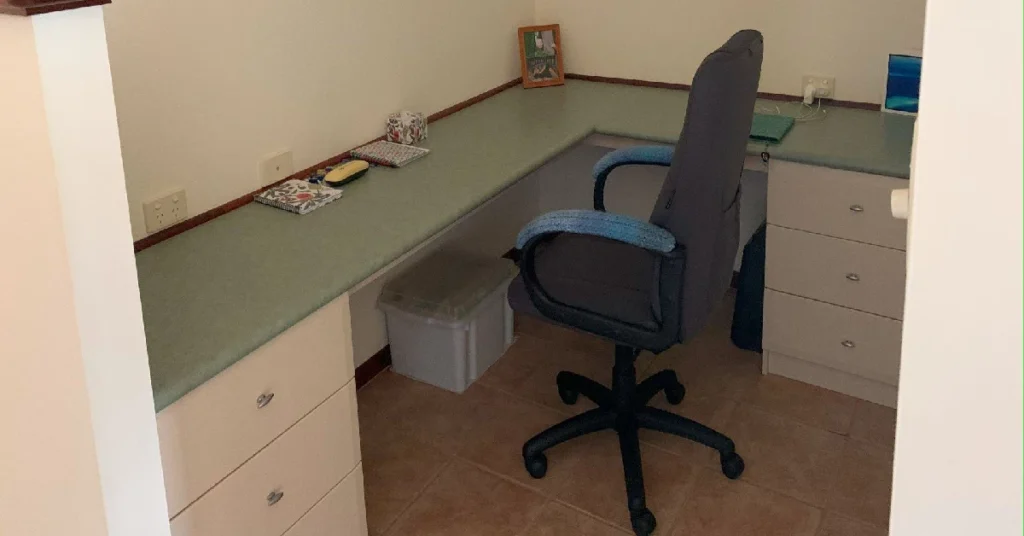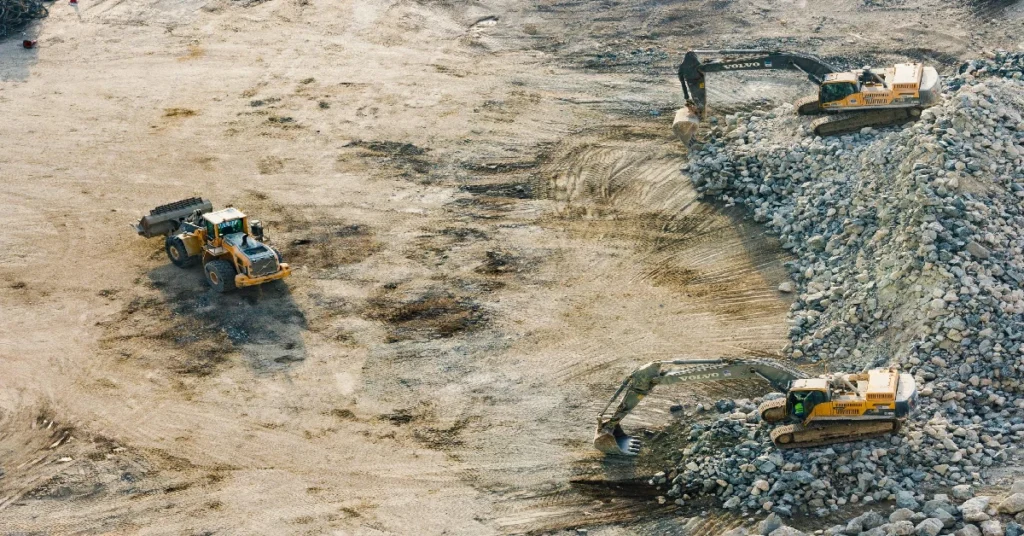How to Begin Submitting Tenders as a Small Business
If you’ve just started your business and want to grow fast, learning how to begin submitting tenders as a small business can open huge doors.
Government and corporate contracts bring credibility, stability, and steady cash flow — but the process can look intimidating at first. Many new owners wonder:
“Where do I find tenders? What do I need in place? And most of all, how do I write a tender response when my business is brand new?”
The truth is, you can win tenders as a small business — if you understand how the process works, apply for something within your capability and capacity, and position your offer strategically. Let’s break down everything you need to know.
1. Where to Find the Right Tenders When You’re Just Starting Out
When learning how to begin submitting tenders as a small business, the first rule is focus. Don’t chase every opportunity — choose the ones that fit your size and capability.
Start small and strategic
Local council tenders: councils are often required to give small businesses a fair go.
Low-value contracts: under $250,000 tenders are less competitive and great for building a track record.
Panel registrations: once approved, you can market your capability knowing they can give you work without further bureaucracy.
Private RFQs: many companies quietly request quotes without public advertising — perfect entry points.
Where to look
Government portals: AusTender, state tender sites, and local councils.
Tender aggregation platforms: TenderSearch, Tenderlink, or illion Tender.
Procurement plans: government agencies publish future opportunities in advance.
Industry associations: chambers of commerce and professional bodies often circulate smaller tenders.
Keep a simple tender register in Excel or Google Sheets. Record the release date, buyer, contract value, and renewal cycle — it becomes your roadmap for upcoming bids.
2. What You Need Before You Start Submitting Tenders
Tendering isn’t just paperwork — it’s proof of professionalism. Buyers want to see that you’re ready, compliant, and low-risk.
Tender readiness checklist
Compliance essentials
ABN and business registration
Public liability and professional indemnity insurance
Workplace health & safety and environmental policies
Quality assurance statement
Capability statement
One-to-two-page overview of who you are, what you do, and why you’re a safe choice.
Include testimonials, past roles, or relevant experience — even if gained under previous employment.
Key personnel CVs
Highlight the experience of individuals delivering the work.
Use phrases like “our team collectively brings over 20 years’ experience in [industry].”
A bid library
Store up-to-date templates: policies, insurances, CVs, photos, project summaries.
This cuts future tender time by more than half.
Systems and structure
Use simple tools (Google Drive, Trello) to manage documents and deadlines.
Buyers love seeing clear processes — it signals reliability.
3. Deciding Which Tenders to Pursue (Your Go/No-Go Filter)
Submitting every tender is the fastest route to burnout. Smart businesses choose carefully.
Before writing a single word, ask:
| Question | Why It Matters |
|---|---|
| Can we meet every mandatory criterion? | Non-compliance = automatic rejection. |
| Can we realistically deliver the work? | Over-committing ruins credibility. |
| Do we have relevant or transferable experience? | Buyers want capability, not just company age. |
| Does this fit our strategy? | Focus on tenders that build momentum, not just revenue. |
If more than one answer is “no,” move on. Winning tenders isn’t about volume — it’s about alignment.
4. How to Write a Tender Response When You Have Limited Experience
Every tender asks for it: “Demonstrate your experience delivering similar work.”
For new businesses, this can feel impossible — but it isn’t. Here’s how to write a tender response that still scores highly.
a. Lead with the experience of your people
Buyers care who will deliver the work, not just your business age.
Showcase your team’s collective background:
“Our core team has managed similar projects across local government and private sectors, with proven on-time, on-budget results.”
b. Use transferable examples
If you haven’t done that exact job, draw parallels.
Use this structure:
The client’s problem
Your solution
Your role
The tangible result (savings, timelines, satisfaction)
It demonstrates competence, adaptability, and outcome thinking.
c. Partner up for credibility
Form alliances with established subcontractors or consultants.
Outline the partnership clearly — who does what, how communication flows, and how quality is assured.
This instantly reduces perceived risk.
d. Show your systems
When experience is limited, process becomes your proof.
“Our project management framework includes milestone tracking, regular progress reports, and client sign-offs to ensure accountability.”
e. Add testimonials and mini case studies
Even unpaid, pilot, or internal projects count.
Visual evidence — photos, quotes, data — makes your response memorable and credible.
5. Tender Writing Tips That Boost Your Score
Knowing how to write a tender response that stands out is part science, part psychology.
Follow the buyer’s structure
If the tender includes a “Returnable Schedule,” use it exactly. Ignoring format rules screams “non-compliant.”
Write in active voice
“We deliver” is stronger than “services will be delivered.” Active language builds confidence.
Be specific and tangible
Replace vague claims (“flexible, innovative”) with measurable proof (“24-hour response, 99% on-time delivery”).
Use visuals where possible
Simple charts, process maps, or photos improve comprehension. Keep them clean and relevant.
Mirror the buyer’s language
If they say “value for money,” repeat that phrase. It signals alignment and makes scoring easier.
6. The Psychology Behind Winning Tenders
Tendering isn’t purely logical — it’s emotional. Evaluators fear making the wrong choice, wasting time, or being blamed for poor results.
Your tender should quietly reassure them:
You understand their world.
You’ve anticipated their risks.
You’ll make them look good for choosing you.
Small details — consistent formatting, clear explanations, prompt responses — create an impression of safety and competence.
7. Keep Improving With Every Submission
Your first few tenders are training rounds. Even if you don’t win, you’re building your bid library, systems, and brand awareness.
Always request feedback:
Which sections scored well?
Where could clarity improve?
Was pricing competitive?
Buyers notice suppliers who seek to improve — and that professional attitude pays off in future rounds.
8. Final Thoughts
Learning how to begin submitting tenders as a small business and how to write a tender response is less about size, and more about strategy and perception.
Show that you’re prepared, professional, and low-risk. Back it up with real human experience and smart systems. Over time, those early tenders will become your strongest marketing tools.
If you’d like tailored help — from getting tender-ready to writing your first winning submission — Bidbuddy can help.












